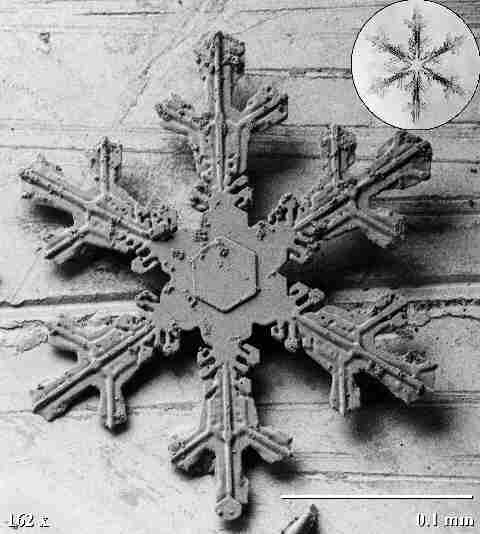 SNOW
HYDROLOGY (GEOG 4321/5321): HOMEWORK ASSIGNMENT 5
SNOW
HYDROLOGY (GEOG 4321/5321): HOMEWORK ASSIGNMENT 5
Instuctor: Mark Williams
Telephone: 492-8830
TA: Qinghuan Zhang
Email: qinghuan.zhang@colorado.edu
Homework 5
Assigned February 17.
This assignment will be due Monday, February 22, to be turned into by 5 pm.
Late assignments will be penalized 5% per day. No work will be
accepted after 2pm on Wednesday
40 possible points.
Please box all your quantitative answers.
Please show all your work! Answers without work will only receive
partial credit.
- Do a unit analysis of wind speed as a function of shear stress
and friction velocity (5 pts).
- You are working for the highway and need to protect the road
from blowing snow using a snowfence. The site is flat, and the road is
perpendicular to the prevailing wind. You decide to install a 3-meter
high snowfence with 50% porosity. (10 points)
- How far from the road must the snowfence be in meters so
that the lee drift ends at the edge of the road?
- For the lee drift, what is the maximum snow depth?
- What is the cross-sectional area of the lee drift?
- What is the total water storage from both windward and
leeward drifts per meter of fence?
- We are going to examine radiation data from the Niwot Ridge
LTER site in order see how the radiation balance of a mountain snowpack
changes over the snow season. Go to the Niwot Ridge Data Catalog at http://culter.colorado.edu/. Clik on
Available Data. Click on Subnivean
Laboratory Data. Next click on Snowmelt
and Meteorological Data from the Subnivean. Now go to Level
2D data. Acquire the Level 2D data from January through July
2000 (0001
to 0007). To complete the question, you will need the 4
components of
Net Radiation (Incident and Reflected Shortwave and Atmospheric and
Terrestrial Longwave) as well as measured Net Radiation. Under Data Level Selection, check Level 2D (Daily). Under Radiometric Data, select the five
components listed above. Click Send
Document. Next select either viewing option to work with the
data. (20 points total)
- Create 3 graphs with the data you obtained (5
points):
- Net radiation versus time for the 7 months of record
- Incident and reflected solar radiation versus time for
the
7 months of record on the same graph
- Terrestrial and atmospheric longwave radiation for the 7
months
of record on the same graph
- Describe the trends in net radiation. When does net
radiation
become positive? When does it peak? Why? (5 points).
- How does the relationship between incident and
reflected
shortwave change over the season? Calculate an albedo value for one
day in February, May, and July. How and why are they different? (5
points)
- What is the relationship between incoming and
outgoing longwave
over the season?
Is longwave more or less variable than shortwave? Take a guess at why
this is. (5 points).
- Overall, what factors are most responsible for the
seasonal
increase
in net radiation measured at Niwot Ridge? (5 points).
 SNOW
HYDROLOGY (GEOG 4321/5321): HOMEWORK ASSIGNMENT 5
SNOW
HYDROLOGY (GEOG 4321/5321): HOMEWORK ASSIGNMENT 5  SNOW
HYDROLOGY (GEOG 4321/5321): HOMEWORK ASSIGNMENT 5
SNOW
HYDROLOGY (GEOG 4321/5321): HOMEWORK ASSIGNMENT 5